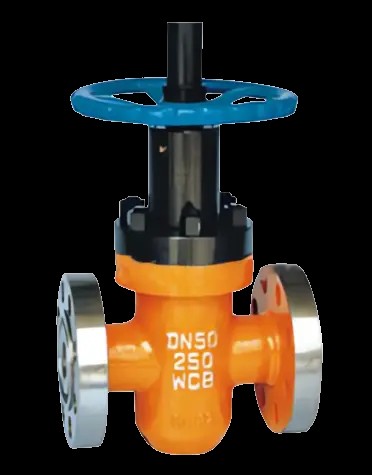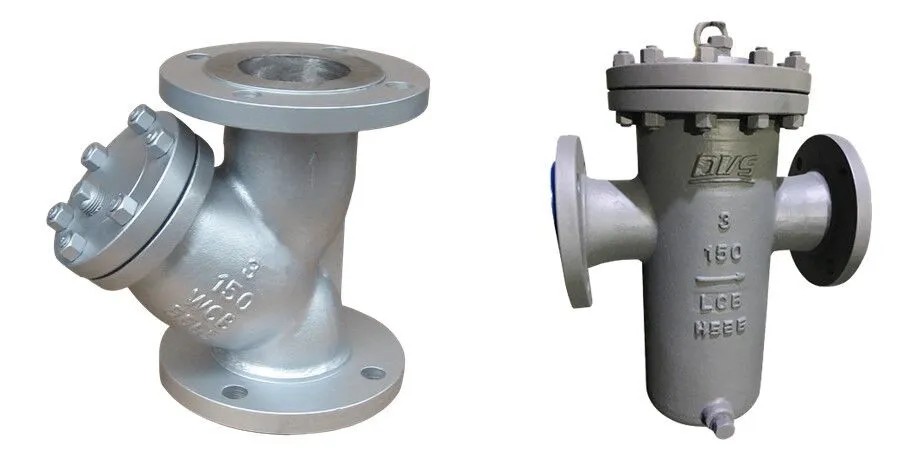Introduction to Parallel Gate Valves

Strong8k brings an ultra-HD IPTV experience to your living room and your pocket.
Parallel Gate Valves: Reliable Flow Control in Industrial Applications
Parallel gate valves are critical flow control devices extensively used in industrial piping systems to regulate the opening and closing of fluid flow. Unlike wedge gate valves, which rely on a wedging action to seal, parallel gate valves utilize two flat, parallel gate plates that achieve a seal through direct contact with the valve seat. Their design is particularly effective in low-pressure and low-temperature systems, making them ideal for applications that require frequent operation, such as water treatment plants, natural gas pipelines, and pump stations.
1. Structure and Working Principle
At the heart of the parallel gate valve is a pair of gate plates arranged in a vertical orientation. These plates move up and down to control fluid flow. When the valve is in the closed position, the gate plates descend and make uniform, parallel contact with the seat, forming a seal. This sealing can be enhanced by fluid pressure acting against the plates or by an external mechanical force, such as a spring or lever mechanism. When the valve is opened, the plates lift completely out of the flow path, allowing for a full bore opening that minimizes resistance.
This design ensures a straight-through flow with minimal turbulence or pressure drop, which is essential in systems requiring high flow efficiency or cleanliness.
2. Key Features
Bidirectional Sealing:
One of the standout features of parallel gate valves is their ability to seal in both directions. This bidirectional sealing enhances flexibility during installation and operation, especially in complex pipeline networks.
Low Operating Torque:
Since the design does not depend on a wedging action, less torque is needed to operate the valve. This feature makes parallel gate valves ideal for systems that undergo frequent opening and closing cycles.
Unobstructed Full-Open Flow:
In the fully open position, the gate plates do not interfere with the flow path, enabling smooth and unrestricted fluid movement. This reduces energy losses and helps maintain system efficiency.
3. Common Application Environments
Parallel gate valves are well-suited for a variety of industrial scenarios:
Low-Pressure, Low-Temperature Systems:
These valves are ideal for handling water, low-pressure steam, or natural gas, particularly in municipal or utility settings.
Frequent Operation Conditions:
In locations like tank farms, pump stations, and water distribution networks, where valves are frequently operated, parallel gate valves provide reliable performance with minimal wear and tear.
Fluids Containing Particulates:
The parallel movement of the gate plates reduces friction against the seat, which helps mitigate wear when dealing with media containing abrasive particles or sediment.
4. Advantages and Limitations
Advantages:
Smooth operation with low torque
Effective bidirectional sealing
Minimal flow resistance in the open state
Simple and robust construction
Easy maintenance and replacement of gate plates or seats
Limitations:
Not ideal for high-pressure or high-temperature systems, as sealing performance may diminish
May require additional mechanisms (e.g., springs or levers) to ensure proper sealing under very low pressure
Larger in size compared to other valve types, potentially requiring more space for installation
Due to these limitations, parallel gate valves are more commonly found in moderate or controlled environments rather than in extreme industrial conditions.
5. Maintenance and Upkeep
Parallel gate valves are designed for ease of maintenance, which contributes to their popularity in facilities where uptime and reliability are critical. Key maintenance tasks include:
Visual Inspection:
Regular checks of the gate plates and seat surfaces help identify signs of wear, corrosion, or misalignment that could compromise sealing.
Mechanism Testing:
If the valve incorporates a spring-loaded or lever-assisted sealing mechanism, it’s essential to periodically verify its functionality to ensure it provides sufficient closing force.
Seal Replacement:
Over time, the sealing surfaces may degrade, particularly in systems handling abrasive media. Timely replacement of these components ensures continued reliable operation.
Conclusion
Parallel gate valves offer a practical, efficient, and reliable solution for managing fluid flow in low-pressure, low-temperature, and high-cycle environments. Their bidirectional sealing, low operating torque, and full-open flow path make them particularly well-suited for water supply systems, natural gas distribution, and particulate-laden media. While they may not be suitable for high-pressure applications, their ease of operation and straightforward maintenance make them a dependable choice for many industrial applications.Know more about Google SEO Directory
Note: IndiBlogHub features both user-submitted and editorial content. We do not verify third-party contributions. Read our Disclaimer and Privacy Policyfor details.



